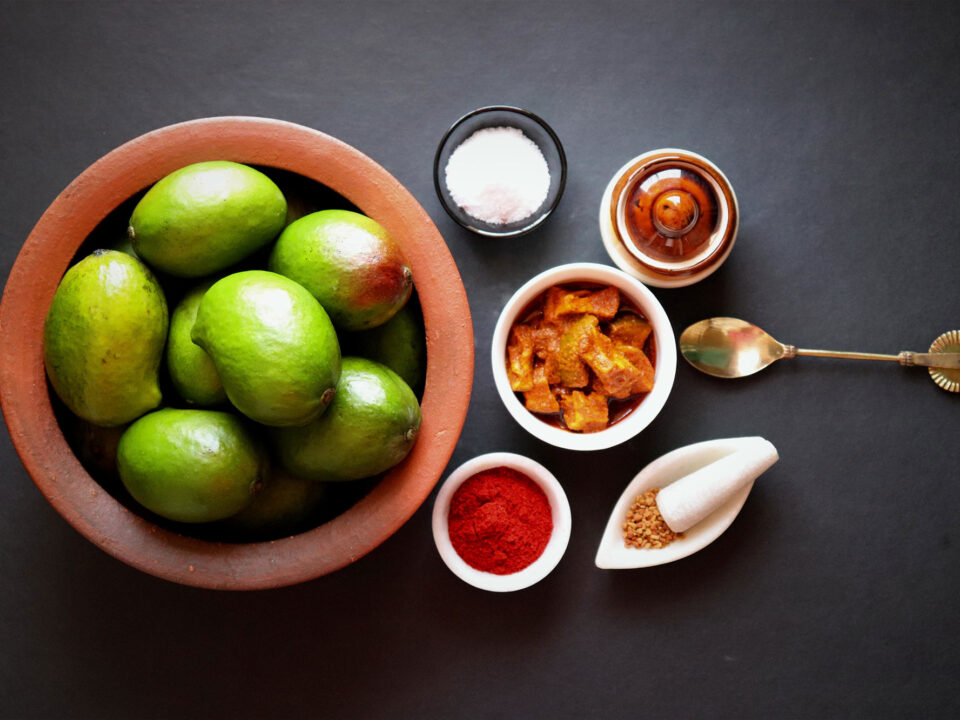Spices define Indian cuisines. The vast array of Indian spices used in cooking makes Indian cooking very intimidating and complex for an outsider. And it is not just the number of spices, but their mixes, percentages and ratios used to cook something.
Most spices can be used as a whole, ground, roasted, raw, semi-roasted and ground, raw and ground, whole and roasted and so on and so forth, where every combination leads to a completely different outcome.
That is why knowing the recipe and the quantity alone does not guarantee a perfect Indian Dish.
Known as the World’s spice bowl, India is the largest producer, export and consumer of spices. India produces around 75 different spices out of the total 109 spices listed by International Standards Organisation.
At Kessariya, we import our spices from Kerela, the Spice Bowl of the World.
These are the five essential spices of the Indian kitchen.
- Cardamom or Eliachi comes in two variants, green cardamom, popularly known as Choti-eliachi; primarily used in sweets, desserts and teas. And the Black-Cardamom, also known as moti-eliachi; used in mainstream dishes and has a powerful smoky aroma and taste.
- Clove or Laung is technically a flower, and a lot of its oils are pressed out before it is dried and used in cooking. Cloves can be used whole or blended into spice mixes.
- Cinnamon or dal-chini is a rough tree bark used as a whole or ground spice. It is also used in green tea.
- Black pepper or kali-mirch is a native Indian spice grown in the Western Ghats region. It is one of the most commonly used spices in India, almost found in every Indian Kitchen. It is used as whole or ground spice can be cooked with food or used as a garnish/dressing.
- Turmeric, or Haldi, is another common spice used in everyday cooking. It is anti-microbial and boosts immunity.
Apart from these essential Indian spices, cumin, coriander, nutmeg, mace, cassia bark, mustard seeds, fenugreek and saffron are also commonly used in Indian cuisines.
Different climatic zones produce different spices. While most are grown in South India, some spices can only be grown in a particular area, like saffron, making them very-very expensive.
Sourcing spices is another humongous task for us. Adulteration and duplicity are common if you don’t know how to check for purity. Every spice has a different purity test. Our sourcing looks into all the aspects and brings you only the best, unadulterated, and original spice.


No Replies to "Spices"